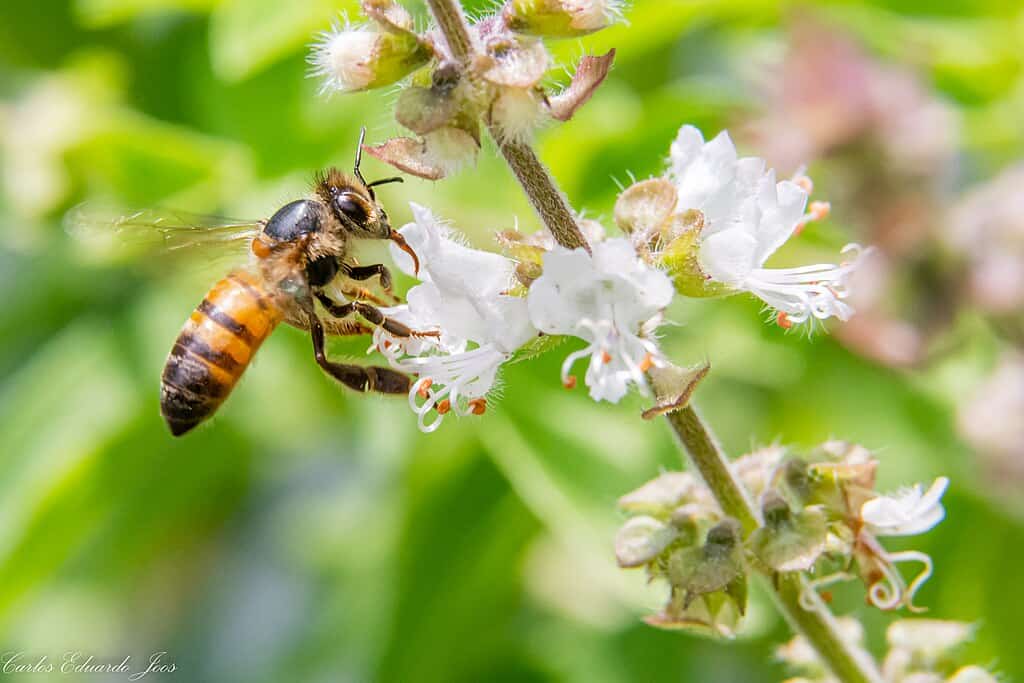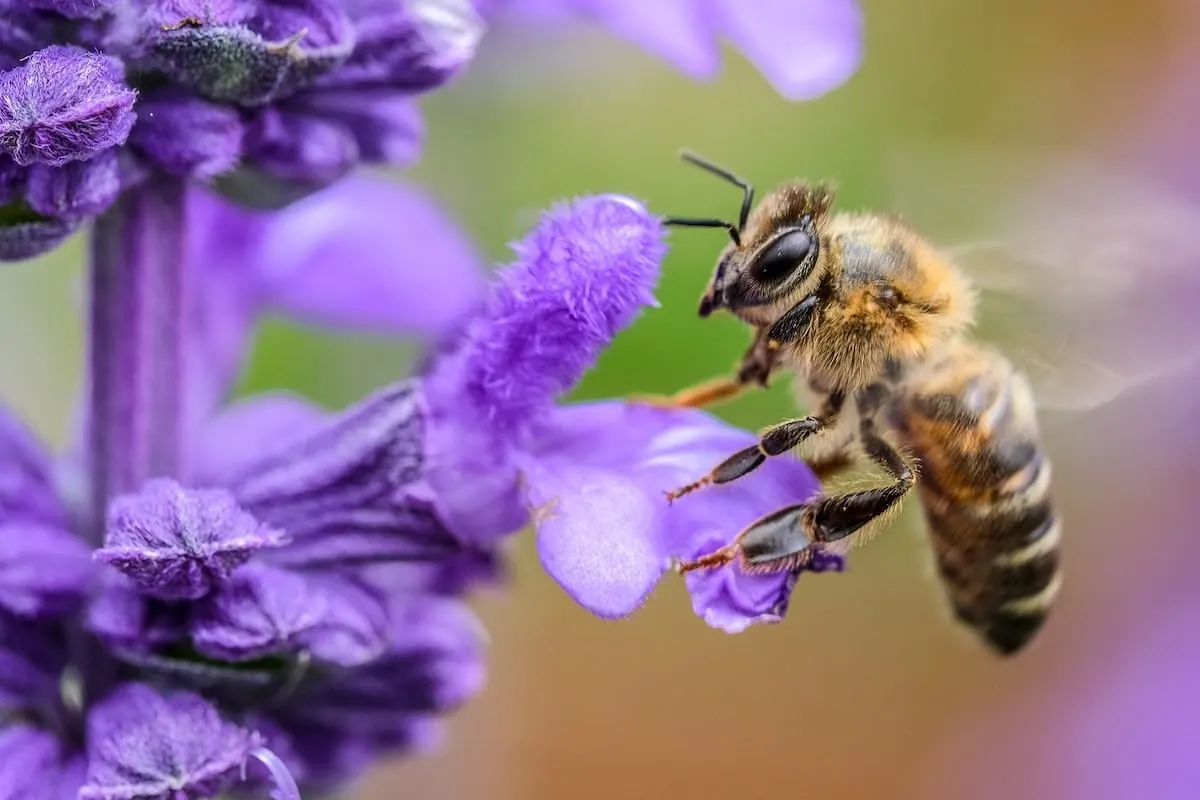Dogs are notorious for their curious culinary choices, but one peculiar habit that leaves many pet owners scratching their heads is their penchant for munching on bees.
Exploring Their Risky Fascination

Generally the sight of a dog chasing a buzzing insect may elicit a chuckle. Have you ever wondered why dogs indulge in such risky behavior? Let us delve into the mysterious world of dogs and their peculiar taste for bees.
Dogs and Bees: A Bizarre Love Affair

Some dogs seem to relish the thrill of the chase and the crunch of a bee between their teeth. Surprisingly, many dogs can munch on bees without any apparent consequences.
Culinary Adventures

Canines possess a remarkable resistance to the venom of bees. This allows them to gobble down these buzzing insects unscathed. Moreover the reason behind this resistance lies in the unique composition of a dog’s immune system. Evidently it can neutralize the venom. Therefore providing a culinary adventure without the sting.
The Spectrum of Reactions

While some dogs may emerge from a bee-chewing session without a care in the world, others can experience a spectrum of reactions to bee stings. Generally just like humans, dogs can be allergic to bee venom, leading to various responses.
From Nonchalant to Severe

Image by Boba Jaglicic via Unsplash
Mild reactions might include localized swelling and discomfort. In other cases dogs can face difficulty breathing, hives, or even anaphylaxis. It’s a reminder that even seemingly harmless play can have unexpected consequences for our four-legged friends.
Handling Mild Reactions: A Quick Guide for Pet Parents

If your dog exhibits mild reactions to a bee sting, such as swelling or discomfort, count yourself lucky! There are steps you can take to ease their discomfort. Begin by removing the stinger with a pair of tweezers, if possible and clean the affected area with a mixture of water and baking soda.
After the Incident

Evidently applying a cold compress can help reduce swelling. It is best to keep a close eye on your furry companion. If symptoms persist or worsen, definitely consult with your vet for further guidance. Hopefully it doesn’t go that far!
When the Buzz Turns Serious

Image by Meggyn Pomerleau via Unsplash
It’s critical to act quickly when a dog exhibits severe reactions, such as breathing difficulties or anaphylaxis. Make quick contact with your veterinarian or an emergency poisoning hotline for animals.
Emergency Measures

Image by Damien TUPINIER via Unsplash
While en route to professional help, administer an antihistamine if advised by your vet, and try to keep your pet calm. Remember, a rapid response can make all the difference in such critical situations.
From Zero to Hero

Image by Boris Smokrovic via Unsplash
Perhaps the most confounding aspect of dogs and bees is the unpredictability of their reactions. Your pup might nonchalantly snack on bees for months without a hint of trouble, only to experience a severe reaction seemingly out of the blue.
Dogs and the Unpredictable Sting Saga

This unpredictable nature underscores the importance of vigilance for pet owners. Especially if you have a bottlebrush in your garden! Regularly inspect your surroundings for potential bee encounters. Moreover you can also consider training your dog to avoid these buzzing temptations altogether.
Wrapping Up with Why Do Dogs Eat Bees

Although the mystery of why dogs chow bees may never completely be solved, pet owners can be more prepared to handle the situation. The world of stinging insects can be quite painful at time. If owners are aware of the possible repercussions of their dog’s curious behavior, it will make the world a happier place.
Thank you for following along with this article –
Next up in the animal kingdom:
Join our Forum for free today!

- Man Pulled Overboard by Shark in Everglades - June 26, 2024
- Pit Bull Patiently Waits By The Fence Each Morning To Greet His Neighbors - June 26, 2024
- Lioness With A Mane Documented In Botswana Is Changing The Game For Her Pride - June 26, 2024

